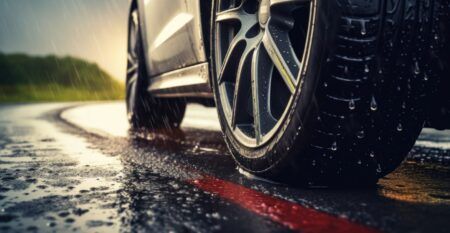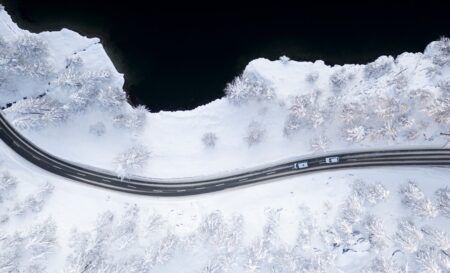After about a year of development work, the German manufacturer of climate and environmental measurement systems, LuffT GmbH, has launched the StaRWIS (Stationary Roadside Weather Information System) new-generation non-invasive stationary road and street weather sensor for the transportation industry.
The new StaRWIS is based on the award-winning and innovative LED technology that is already used with Lufft’s MARWIS mobile sensor, which was launched at end of 2014. The new StaRWIS road sensor can be mounted at heights of 18ft (5.5m) above the ground and is a less-expensive alternative to the company’s NIRS31-UMB model, which was its first spectrocopic road sensor that was introduced in 2011. The easy-to-install and compact StaRWIS sensor unit has been developed to be particularly suitable for traffic management applications, with the potential to be linked to driver information systems, websites and smart city networks.
The StaRWIS unit is based on a non-invasive, spectroscopic measuring principle that uses Lufft’s LED technology. The sensor is particularly suitable for hard-to-reach or critical locations, which make installation on the ground difficult or impossible, such as on bridges or city streets. StaRWIS can be installed at a height between 16-20ft (5-6m), giving it a shorter range than the company’s NIRS31-UMB unit, which can be installed flexibly at distances to the surface of 49-164ft (15-50m). The new model therefore complements Lufft’s portfolio of the sensors for winter services, smart cities, and traffic management applications with a more cost-effective and compact model.
The new StaRWIS road weather sensor is based on the same Lufft LED technology as the MARWIS mobile sensor, so it achieves the highest precision that opto-electronic weather sensors are capable of attaining. The unit is based on innovative LED technology that uses four lenses to cover optical LED transmitters, photo receivers, pyrometer, and infrared functions, making 100 measurements per second. StaRWIS provides the measured value parameters of: road surface temperature, dew point temperature, water film height, road conditions (dry, wet, ice, snow, critical and chemically wet), relative humidity, ambient temperature, ice percentage, freezing temperature, and friction (calculated). In November 2017, a firmware update will expand the capabilities to include the freezing point temperature and dew point density.
StaRWIS features no moving parts, plug-and-play installation, and wireless data transfer via Bluetooth. Alternatively, connection can be configured and data transferred via RS485, CANbus, or UMB protocol. Lufft says the unit’s first Canadian tester reported, “StaRWIS provides all measurements accurately and reliably. It even exceeded our expectations.”




